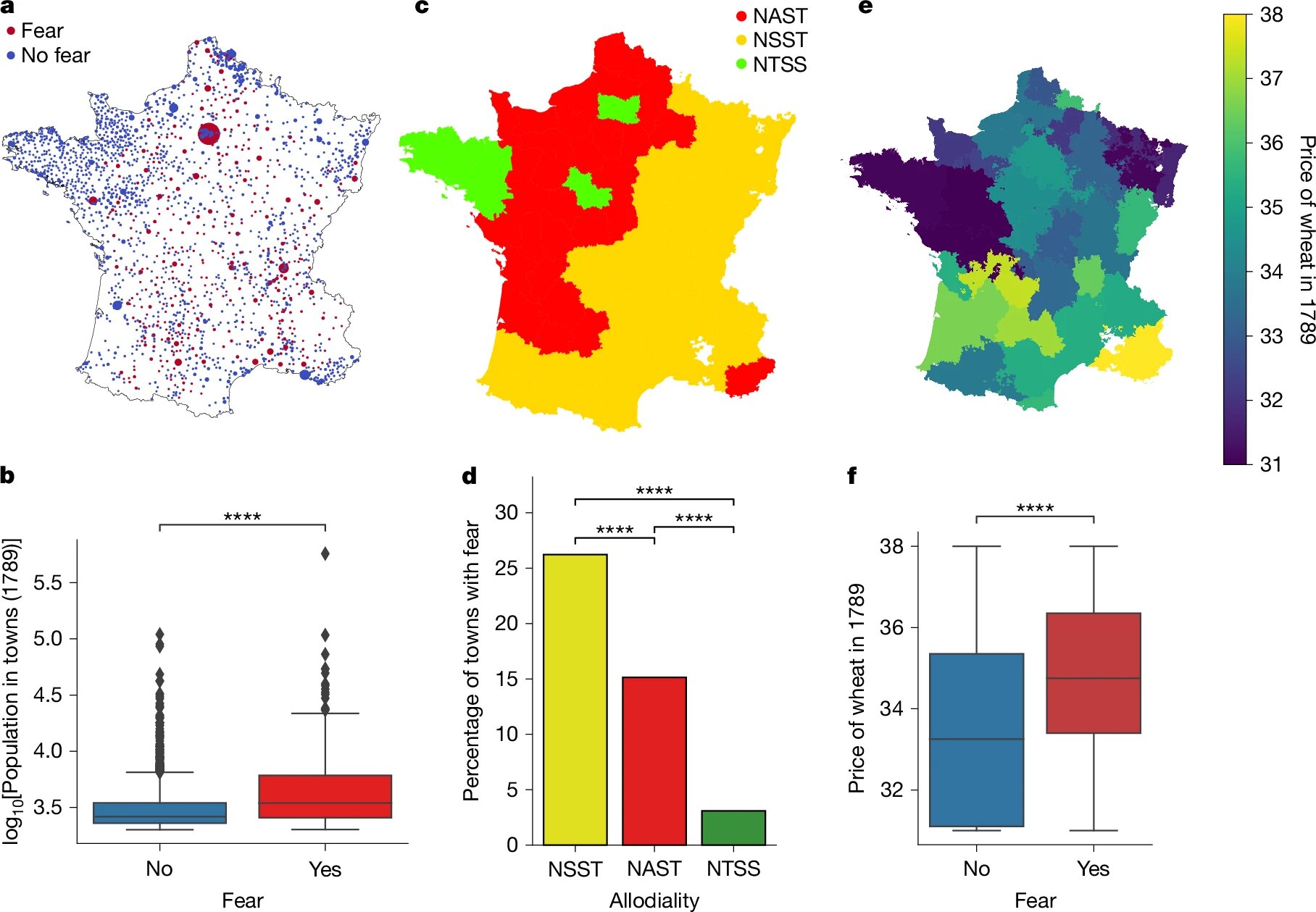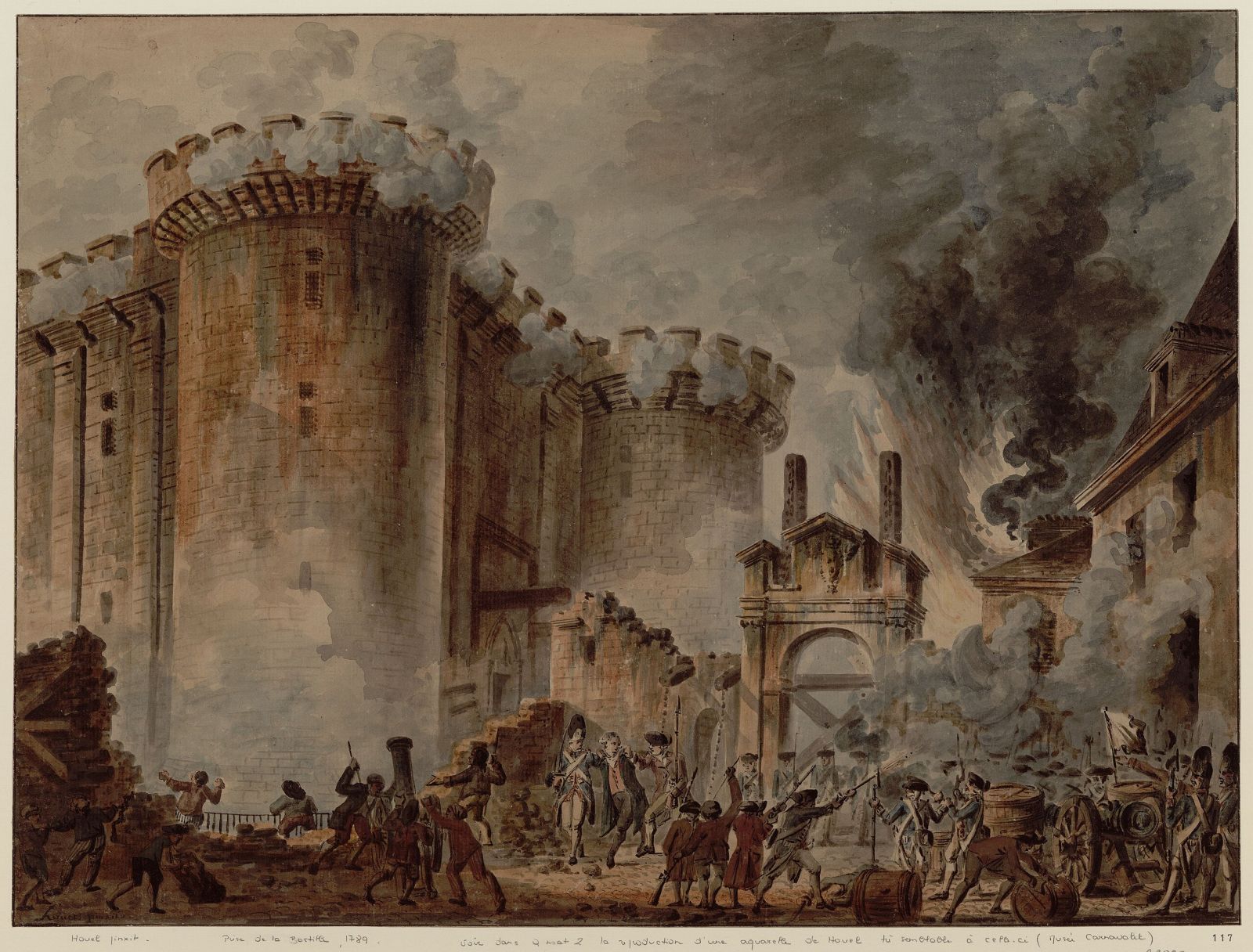Follow us on Google News (click on ☆)
Using mathematical models similar to those used to study epidemics, scientists calculated that these rumors spread with a basic reproduction number of 1.5, meaning that each exposed person transmitted the information to an average of 1.5 other individuals. The transmission peak was reached on July 30, 1789, followed by a rapid decline, mimicking the typical curve of an infectious disease.
The most affected areas were characterized by a large population, high literacy rates, greater wealth, concentration of land ownership, and higher wheat prices. Transmission mainly followed main roads and postal routes, forming distinct waves of contagion, highlighting the importance of communication networks in information dissemination.
This epidemiological approach suggests that the Great Fear was more the result of rational and politically motivated behavior than a simple emotional outburst. It provides a framework for analyzing other historical or contemporary rumor-spreading events, including in the digital age where transmission methods have evolved.

The spread of the Great Fear was influenced by demographic and socio-economic factors.
Credit: Nature (2025). DOI: 10.1038/s41586-025-09392-2
Although incomplete historical archives may limit the accuracy of the models, this study paves the way for a better understanding of how misinformation can shape social and political dynamics, with implications for managing modern crises.
Epidemiological models applied to rumors
Epidemiological models, initially developed to study the spread of diseases, are adapted to analyze rumor dissemination. They rely on mathematical equations that describe how information transmits from one individual to another within a population.
These models include parameters such as the contact rate between people, the probability of transmission, and the duration during which a person remains contagious. For rumors, contagiousness depends on factors such as perceived credibility and evoked emotion.
Applying these models to historical events allows for quantifying social phenomena. For example, calculating the basic reproduction number helps predict whether a rumor will quickly die out or go viral.
This methodology provides a powerful tool for anticipating and managing the spread of misinformation in modern societies, where social networks significantly amplify transmission speeds.
Socio-economic impact of historical rumors
Rumors, like that of the Great Fear of 1789, can have profound consequences on social and economic structures. They often act as catalysts for change, mobilizing masses around shared fears or hopes.
In the case of 18th-century France, the rumor of an orchestrated famine exacerbated existing tensions between social classes, leading to revolts and accelerating the collapse of feudalism. This demonstrates how information, even if false, can alter the course of history.
Socio-economic factors, such as wealth and literacy, influence susceptibility to believe and spread rumors. Better-educated and connected communities may be faster at disseminating information, but also more critical.
